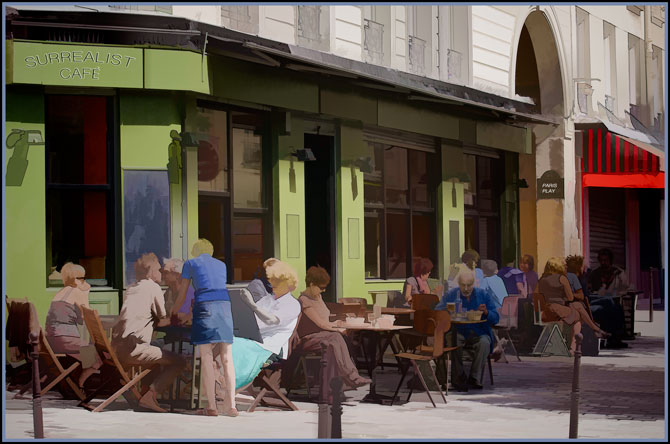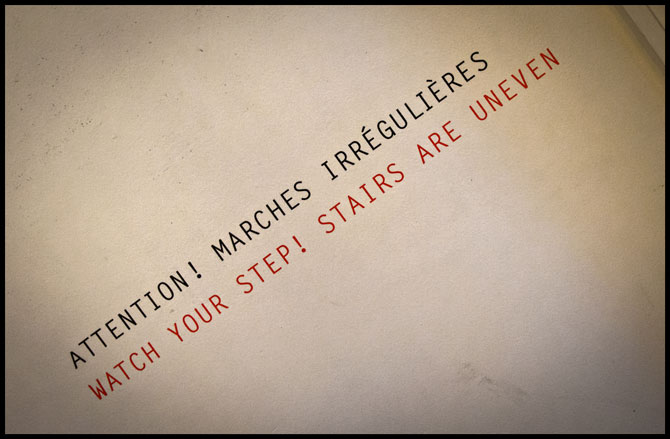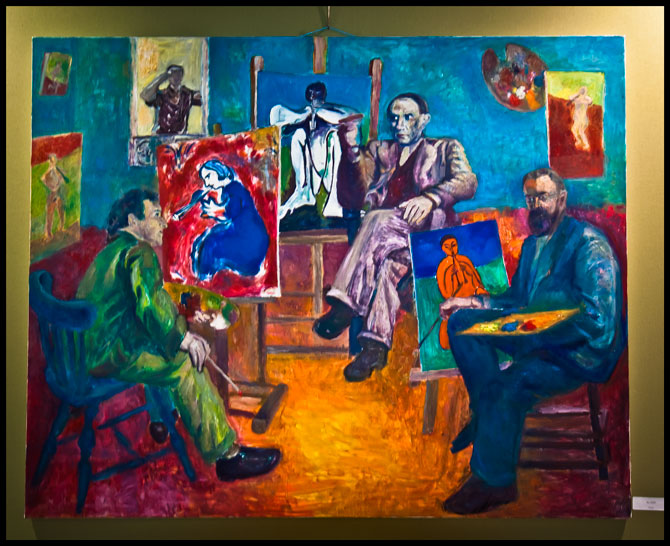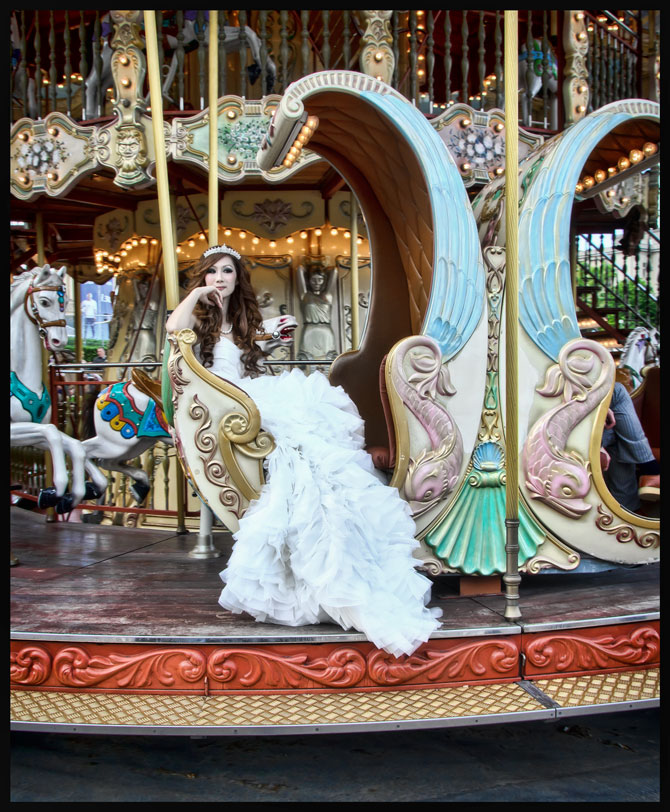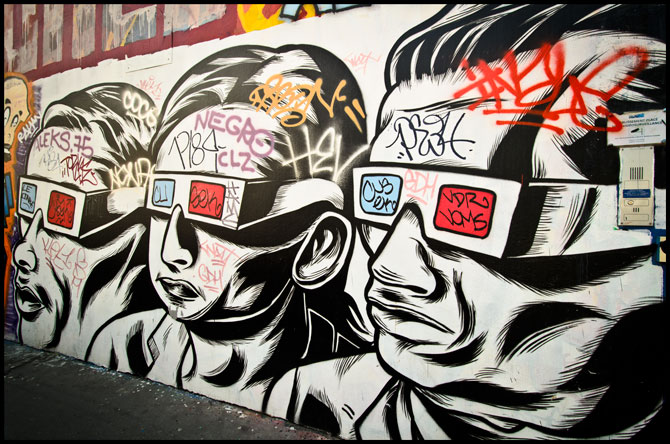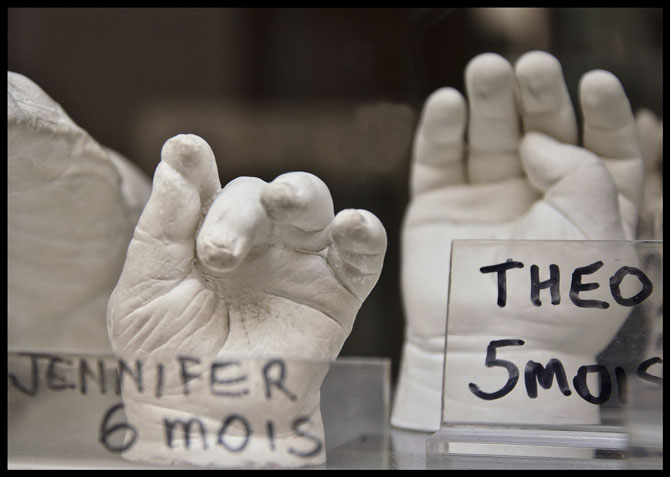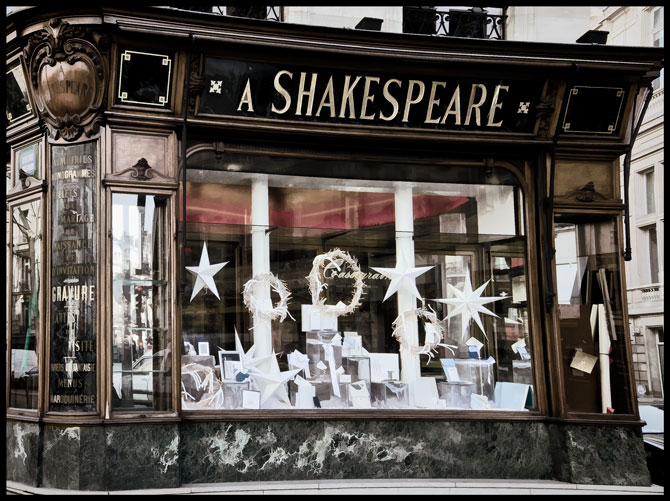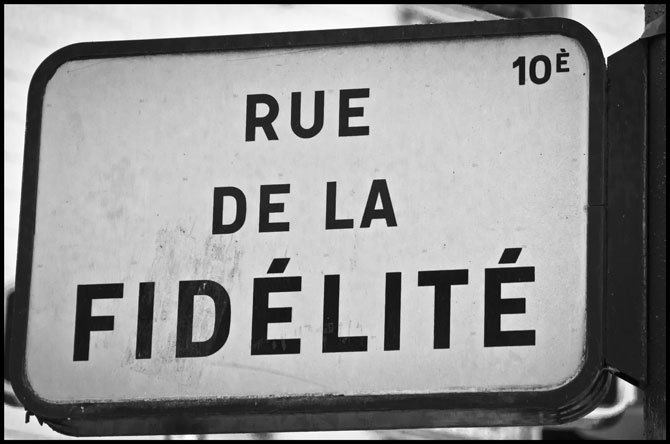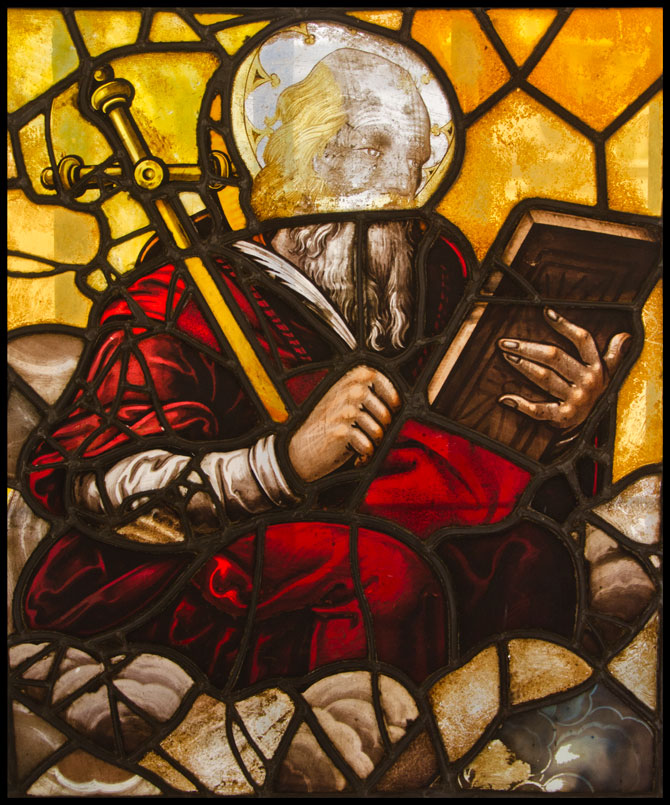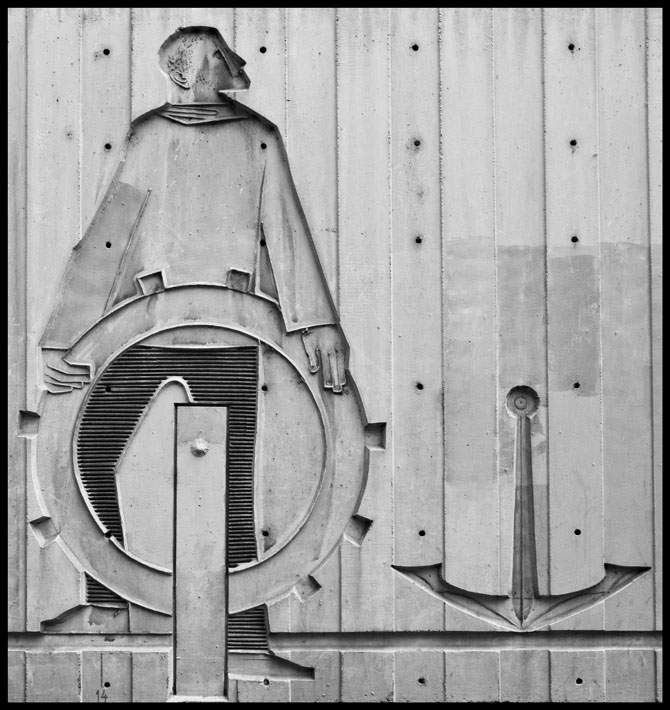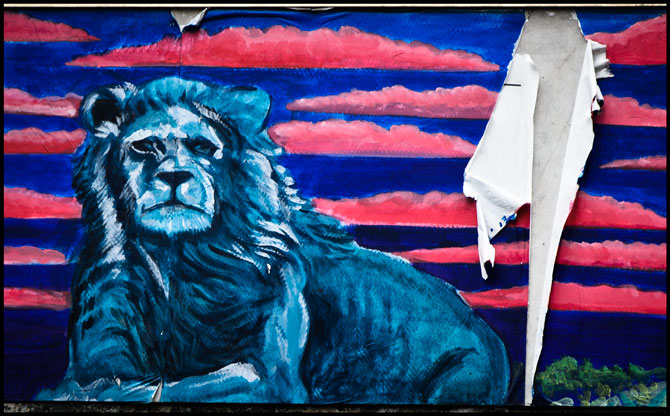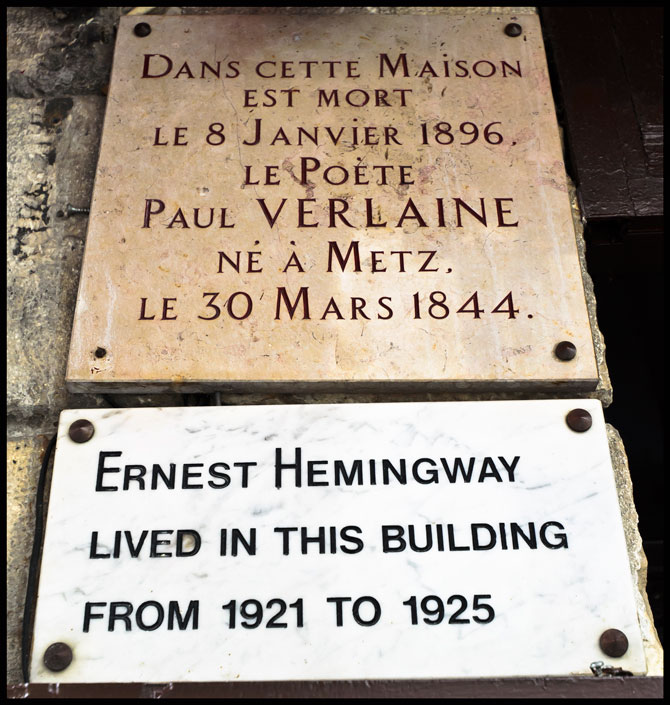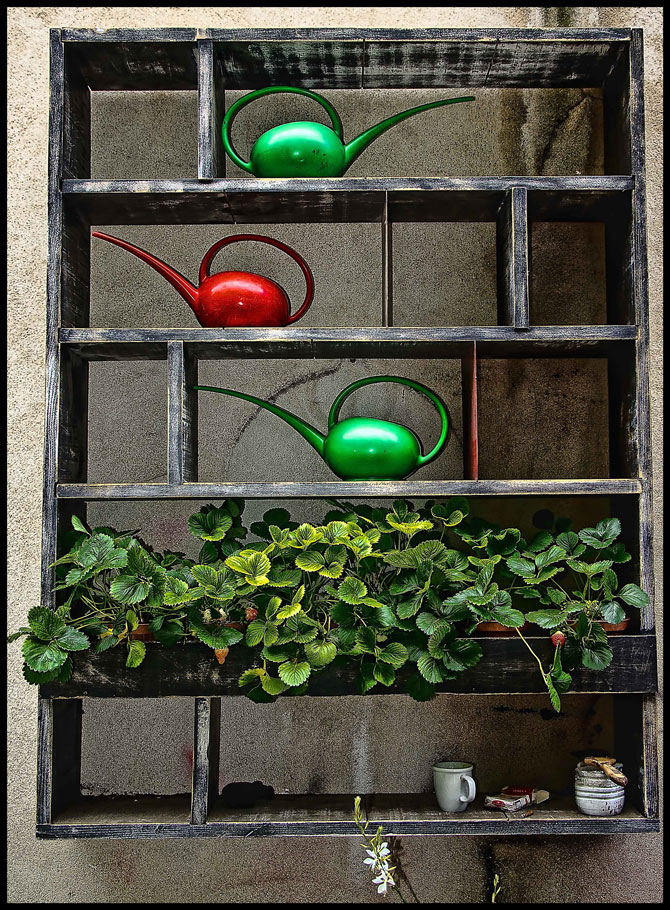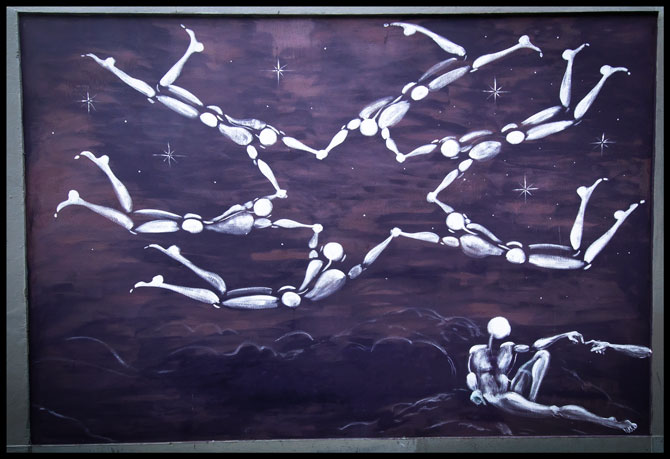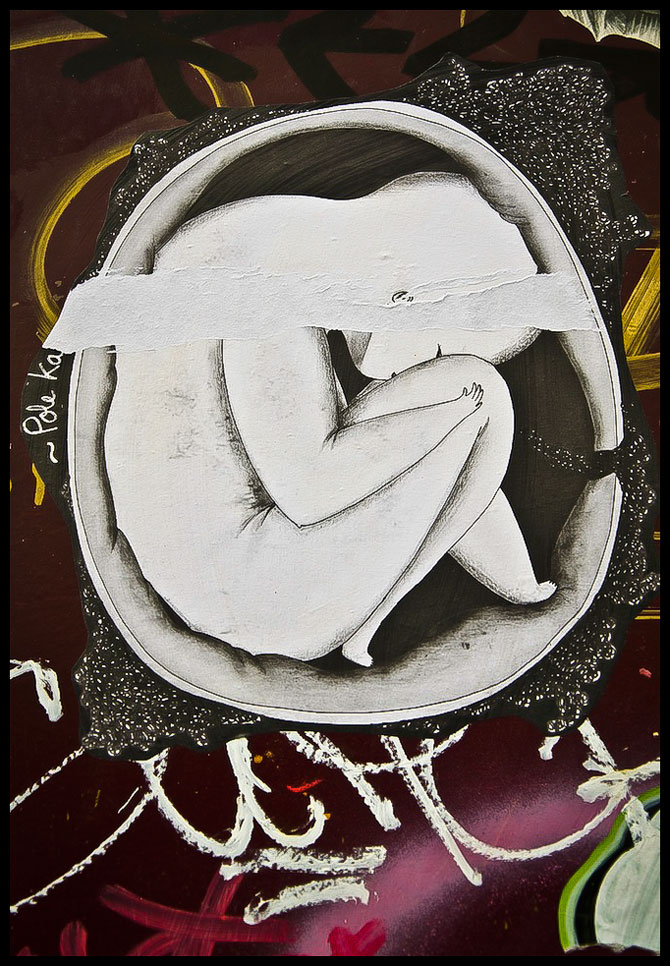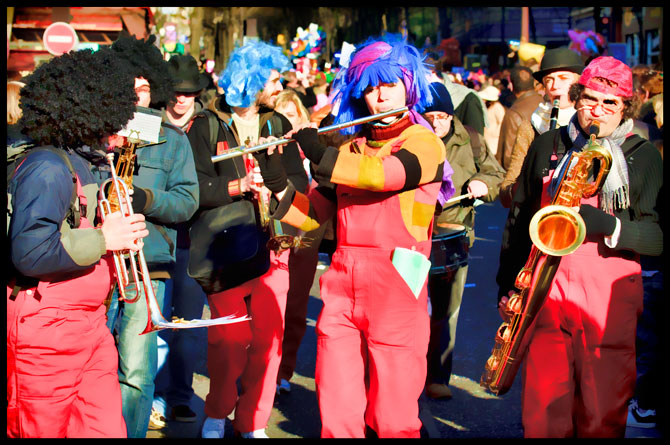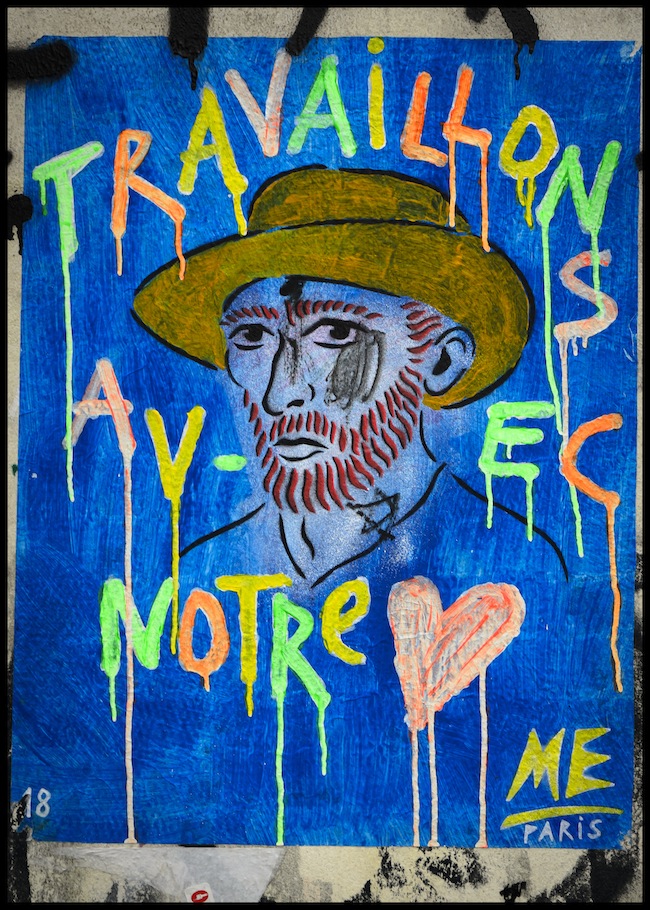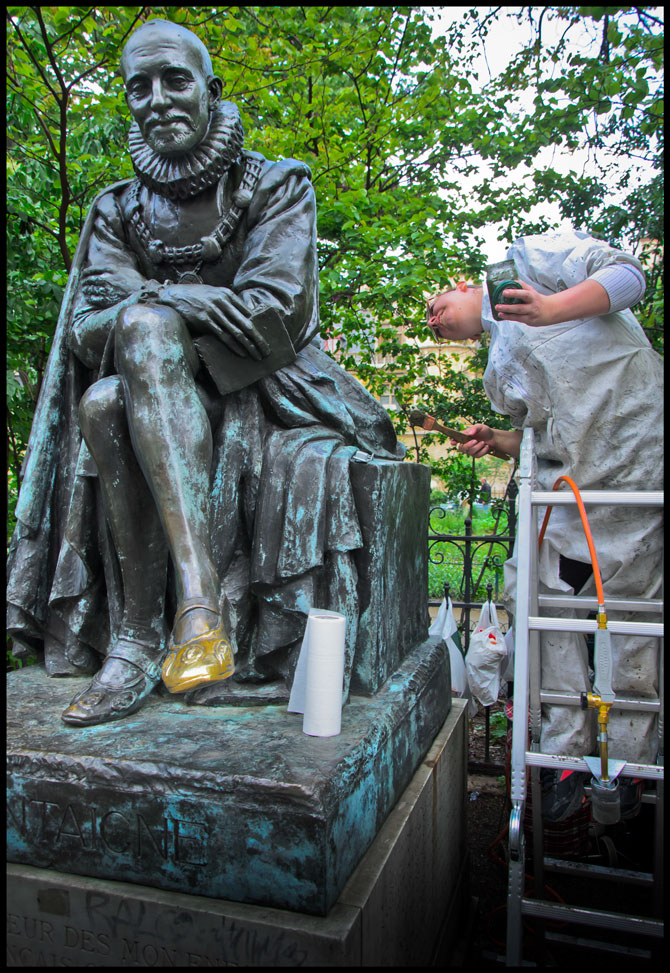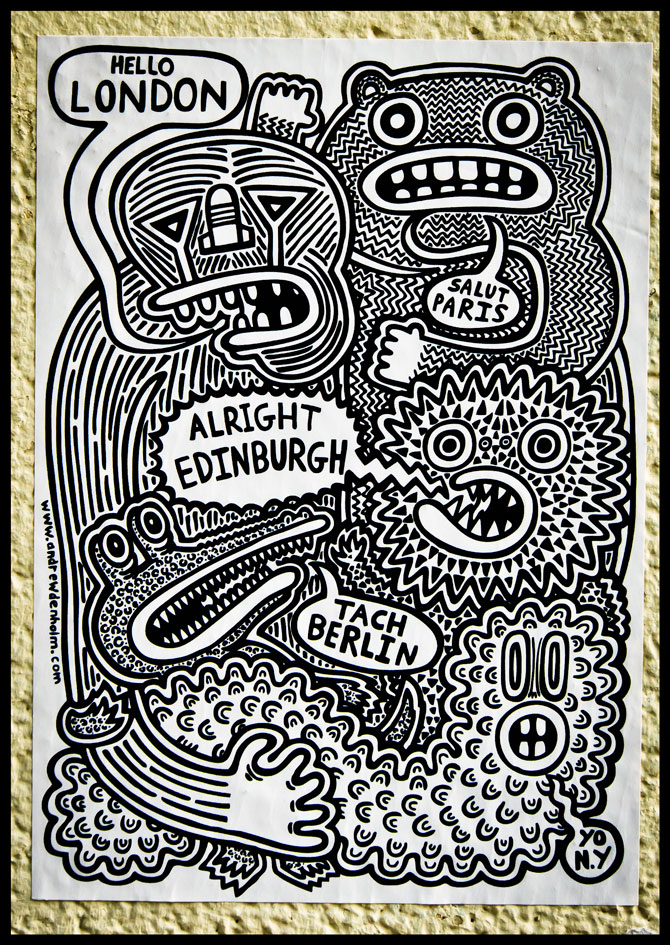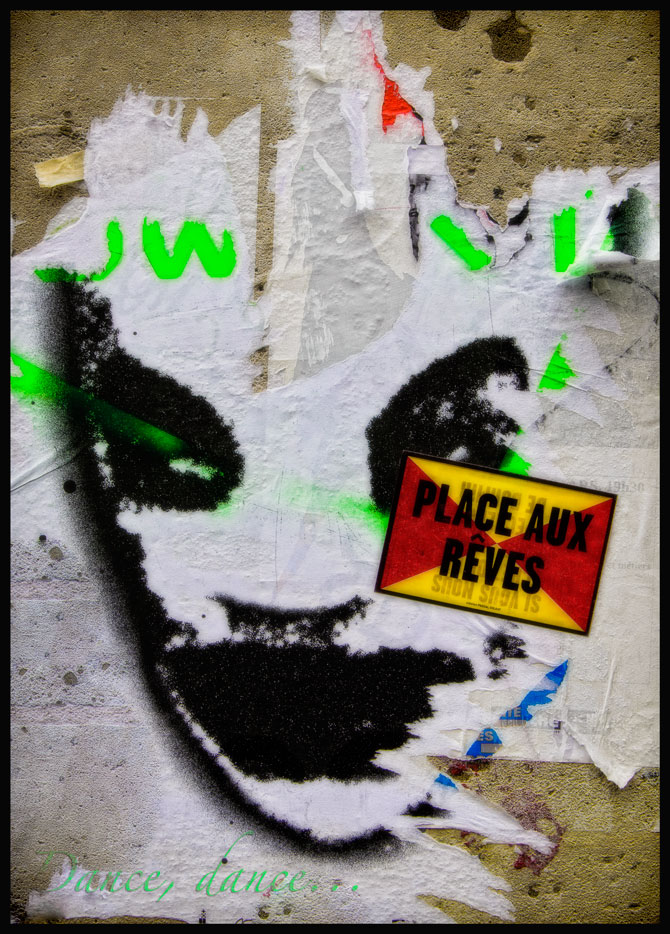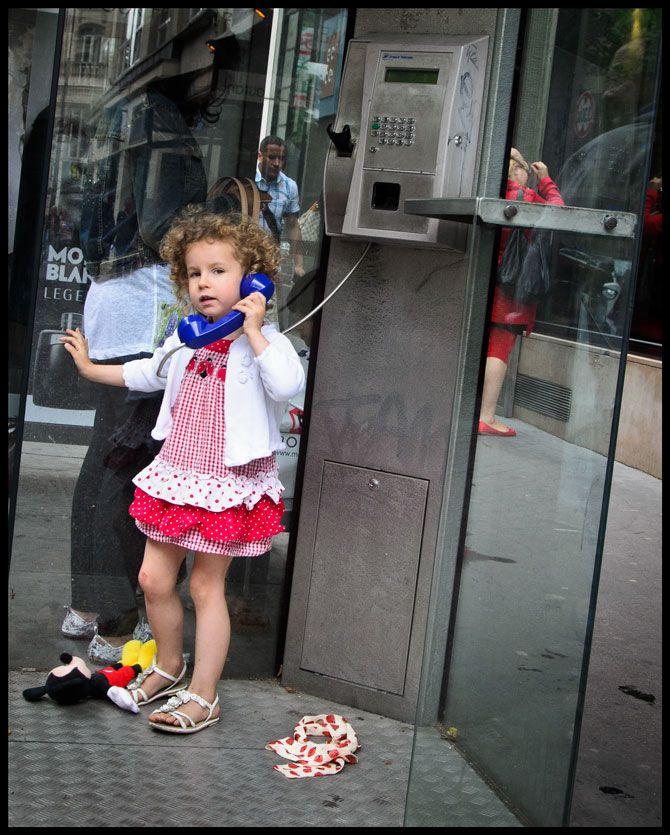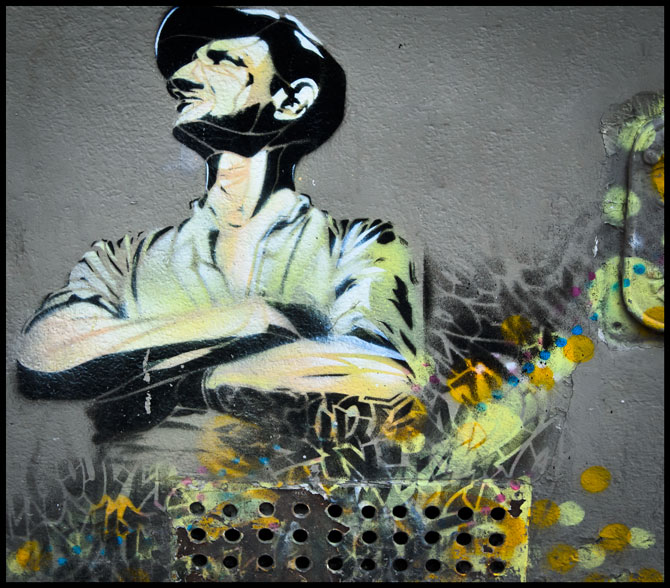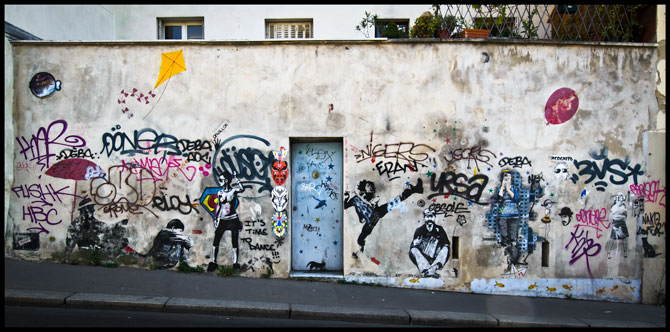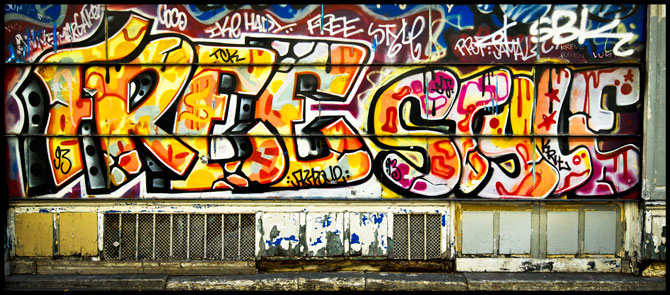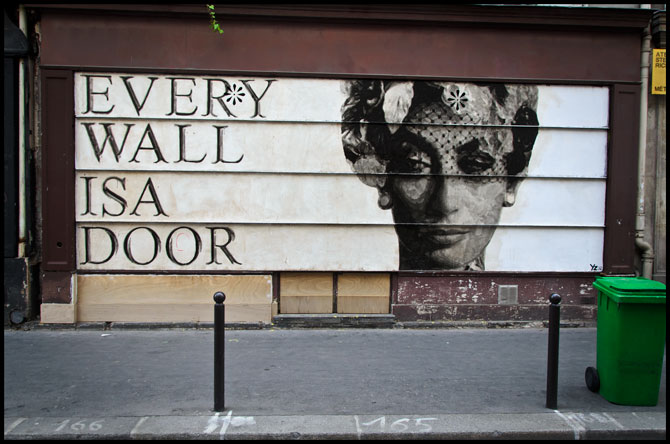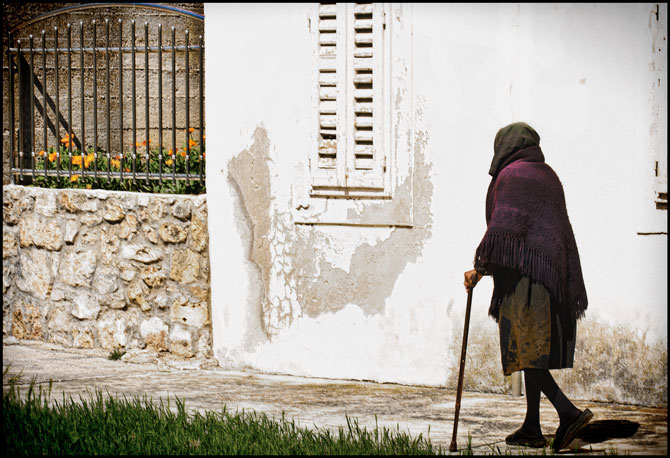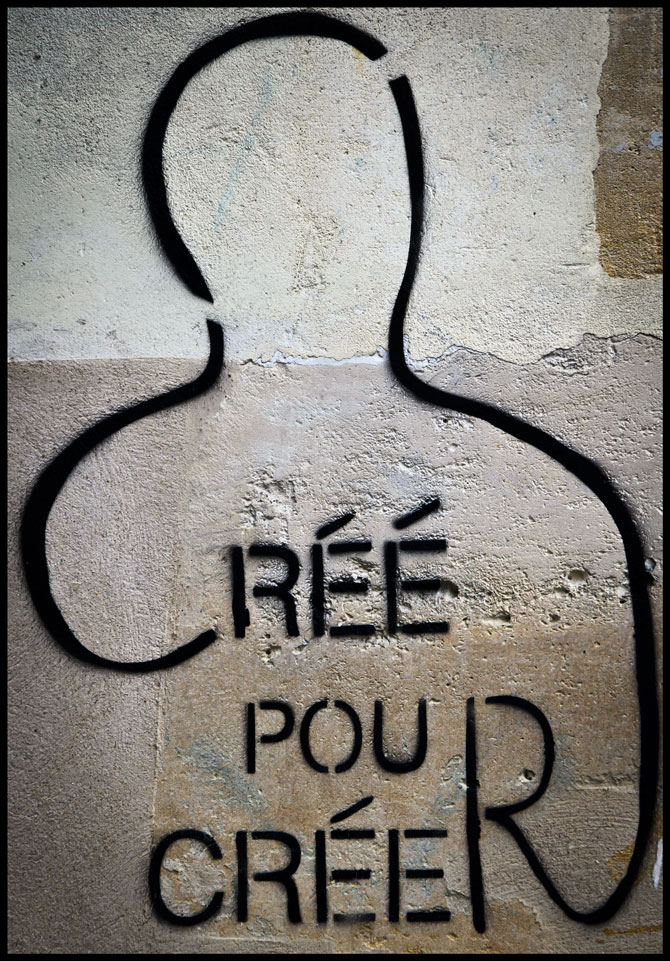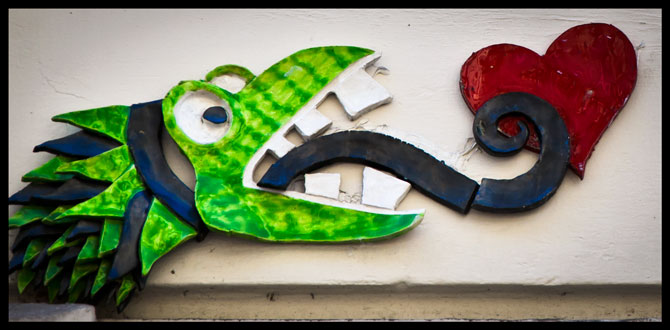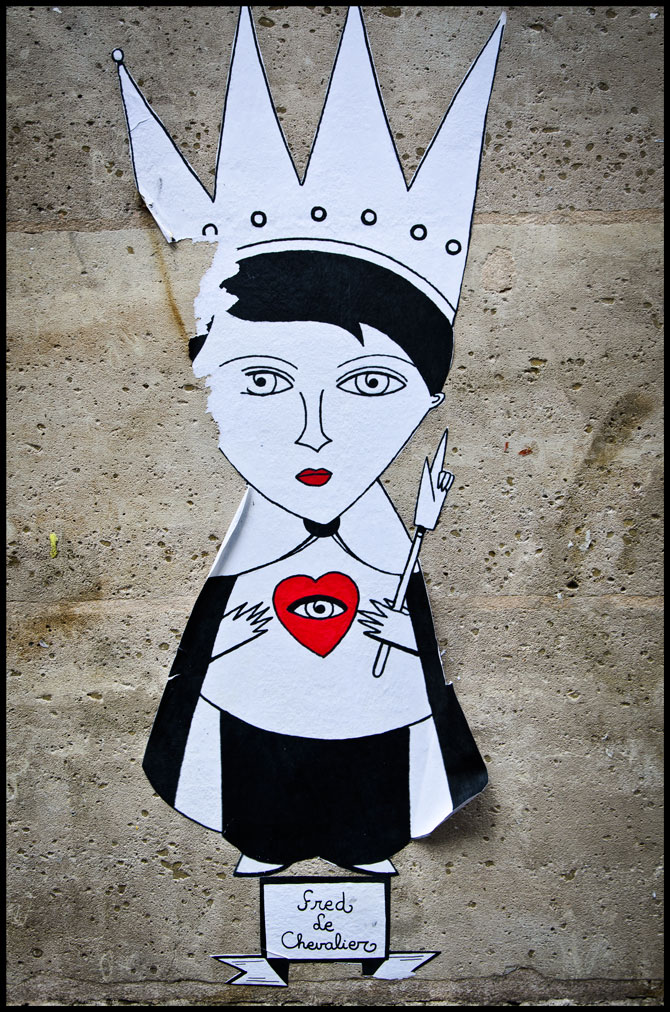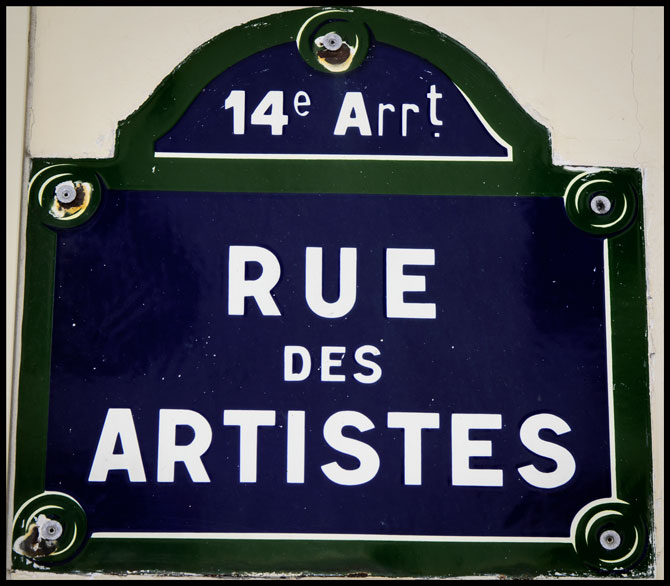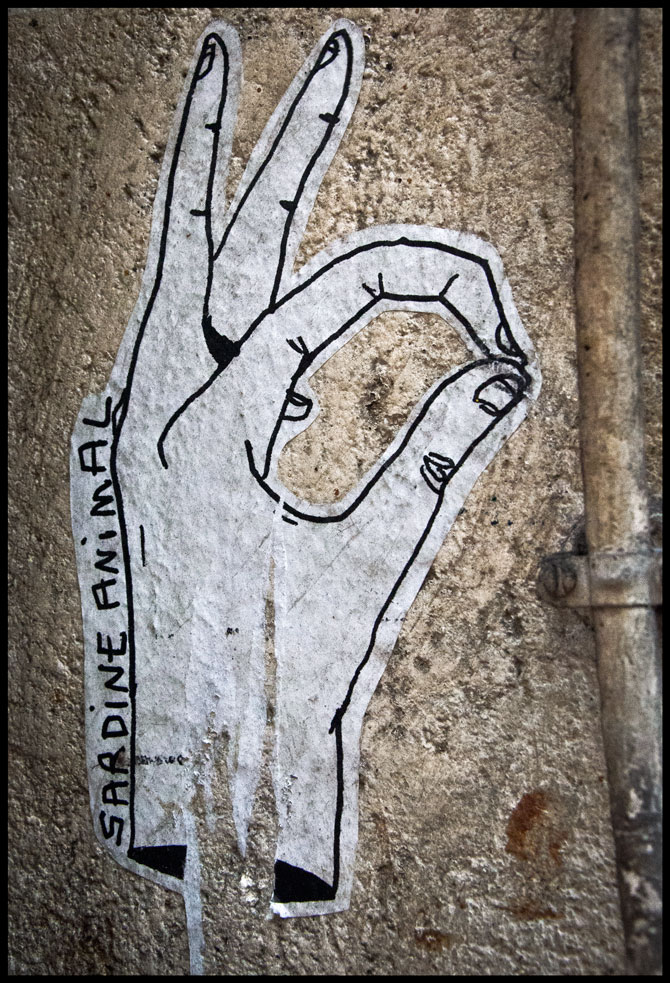First Chapter: The Ice Dancer's Tale by Susan Griffin
 11.13.2012
11.13.2012 We are delighted to inaugurate a new feature on Paris Play, one which will, each first Wednesday of the month, present to our readers the first chapter of an as-yet-unpublished novel, by a writer we treasure and want to showcase.
We will present the first ten or so manuscript pages in this space, then you can download the rest of the chapter and finish reading it in PDF format.
We will also ask each writer to provide us with a short craft talk on how the novel came about, and they will be available, in the comments section, to answer your questions about the process. Just leave a comment and we will relay their reply.
There are thousands of online sites, and small magazines, that offer short stories, and poetry, but as a novelist, I wanted some way to spotlight writers who are working in that longer form, and to whet readers' appetites for the rest of the book.
The writers have not submitted, we have asked. It's not a slush pile, it's the tip of a diamond-fine iceberg.
Which leads directly to the first chapter we're presenting this week, from Susan Griffin's novel in progress, The Ice Dancer's Tale.
About Susan
Among twenty books written by Susan Griffin, A Chorus of Stones, the Private Life of War, a New York Times Notable Book, was a finalist for both the Pulitzer Prize and the National Book Critics Award, winning the Northern California Book Award. The Book of the Courtesans, A Catalogue of Their Virtues, was a best seller. Woman and Nature, inspired the movement known as eco-feminism. Susan Griffin’s latest book, Transforming Terror: Remembering the Soul of the World, the highly praised anthology she co-edited, was published last Spring by the University Of California Press. Named by Utne Reader as one of a hundred important visionaries for the new millennium, she has been the recipient of an NEA Grant and a Guggenheim Fellowship. Her play "Voices" received an Emmy award for a local television production in 1975 and has been staged all over the world. In 1987, her collection of poetry, Unremembered Country, was awarded the Commonwealth Club’s Silver Medal. In 1998 Copper Canyon Press published Bending Home, Poems Selected and New 1967-1998, a finalist for the Western States Poetry Award. She was scriptwriter and narrator for the Academy Award nominated Berkeley in the Sixties. Her work has been translated into 17 languages. She has lectured and read her work at universities and community venues throughout the world. She teaches at the California Institute of Integral Studies and will be the visiting writer in non-fiction this Spring at St Mary’s College in Moraga. She has completed a play in poetry to be set to music called “Canto.” She has written online for The Huffington Post, The Women’s Media Center and Open Democracy. More about her here and about her latest work here.
The Ice Dancer's Tale (c) 2012 by Susan Griffin
Chapter One: Jumping Off Edges

Here we stand suddenly at the confines of human
thought, and far beyond the Polar Circle of the mind.
--Maurice Maeterlinck

and remember you can always go outside
really really really far outside
--Ani Difranco “Splinter”
Even today I awaken wondering, was it real? The story shimmers like a legend in my mind, filled with those strange yet glowing images of ice that even today, after so many years, still inhabit my dreams.
Ice. You may think you know this substance, but you don't. You say it is cold and hard. I would have said so once too. But I tell you now ice is a form of water and like water it moves. If this movement is slow, in the end the action is startling, even dramatic. As I was to discover, a wild heart burns at the core of the frozen North.
Though certainly I encountered this mysterious power at least once before I saw the frosty region of Kaltelünd, that legendary place which even today cannot be found on any map. Kaltelünd, that country still has a powerful hold on my mind and no wonder. It is real. It has three dimensions. It is located on the earth. But it is also a state of mind. A concept that when I was younger was hard to grasp, as it once was for most of us who came of age in a postindustrial world. No wonder then that this mysterious place would have played such a profound role in changing the way we think. But of course the ancient culture of Kaltelünde was not the only source of wisdom I was to find in the Arctic Circle. There was also the ice itself.
Anyone who devotes her life to ice-skating has to know the power of this element in her bones, even if she is not aware of what she knows. It is difficult to fully claim what has not been named. Certainly, on one fateful morning in October of the year 2012, after practically living on ice for over three decades, I became almost painfully aware of a force beyond my understanding.
Yet, as I have come to see over my seventy years on this planet, when you accept it as such, a state of unknowing can lead to new understandings. So to begin this tale about the dance everyone knows now as The Great Turning, the mysterious and elusive performance that helped us all awaken to the danger facing all life on earth, I will begin with what on a terrible morning was a kind of ending.
Notwithstanding my own destiny (and the fact that in the end none of our destinies whether tragic or joyous can be separated), that year there were plenty of signs of an impending danger facing the earth. Record heat waves had led to massive forest fires, droughts shrinking wheat crops in Russia, flooding where no flood had occurred in a century, more tornadoes across the center of America than anyone had seen before, glaciers in Greenland receding at an astonishing rate, ice disappearing in the Arctic, and with that polar bears threatened with extinction, beginning with plankton, the food chain in the sea damaged beyond repair and, as the oceans warmed, coral reefs dying. Not to speak of the massive storm that would soon be on its way toward New York City, where I lived.
But in that year, immersed as I was in the weather of my own soul, I was only vaguely aware of all this. I was possessed by a vision, day after day, chasing a shadow over the manufactured ice of a skating rink, as I tried to grasp a phantom that while beckoning to me irresistibly, continually eluded capture.
The search started at an early hour. For most of my childhood and well into my forties, I would awaken every day without fail at 5 a.m. so I could be at the rink early to stretch, warm up my limbs, and then run through a series of exercises—steps and spins, jumps and camels—before I began to craft a new dance or practice an old one. This regimen had become such a solid part of me, it was as automatic as taking a breath.
Most mornings, when our troupe was not touring, I would sling my bag packed with a fresh gym suit over my shoulder, head for the Sunrise Café on the corner of 45th and Fifth Avenue, and after a quick cup of coffee and a piece of fruit, jog west over to the ice rink at the Chelsea Pier. At that hour, I could count on the building being relatively quiet; the only others present were serious young skaters and their teachers, diligently training for competition.
I spent so much of my life on skates that the blades I wore felt like an extension of my feet, and the surface on which I skated seemed as ordinary as a wooden floor or a cement sidewalk. The grounding of all my work, this element was so familiar that I took it for granted. But, soon after I reached my forty-second year, six months before my day of reckoning, on a morning that began as routinely as any other, the moment I touched my blade to the ice, I felt a strange sensation, one I could neither locate nor name. As I glided toward the center of the rink, the feeling only grew stronger until I was overcome by the sense that I had entered another world, stunning, strange and yet, in some way, deeply familiar. I knew where I was. I was not hallucinating. Yet despite my grip on reality, for a distinct moment, I felt as if the ice on which I stood were growing all round me, enclosing me, as if in the belly of a great Arctic beast. When I looked toward the ceiling, though in fact I knew I was staring at the same high, steel girders I saw everyday, I had the disturbing yet intriguing impression that these were also the ribs of a creature that had swallowed me, one that was swimming, taking me somewhere I had not been before. Which, proverbially speaking, was true.
I was thrilled for an instant but also terrified and thus glad when the moment passed. I chalked it up to flashback from some late night movie I’d slept through. Though over the next month this brief experience was to prove auspicious, the first sign I had from that strange territory of the conscious universe that sends out intimations of the future.
It was in fact at the end of this practice session that quite spontaneously I began to dance a new piece, something I had neither notated nor planned. I was not thinking of which jumps or spins I would include or even of my next move. I was instead completely taken up with what I felt as I danced. At first it seemed to me as if I were floating sweetly above the ice, then suddenly I felt an explosion of energy, followed by the sense that my body had been broken up into an infinite number of particles that were being dispersed, all falling downward, toward the ice, when suddenly in midair, each cell, each fragment of my being became a kind of eye through which I could see, each a crystalline lens that like a diamond fractured the light into a fan of dazzling brilliance, until all these particles came together again into what seemed for a moment like stillness, but was instead, an elegant embodiment of the slowest motion you can ever imagine, a subtle but steady pace that was, at the same time, stately and grand, monumental.
When it was all over, it seemed almost as if I had awakened from a dream. But, though I could not remember any of the actual moves I had made, I knew the dance was real and that it was the most beautiful one I had ever done.
By that time in the morning a few of my colleagues had also arrived to rehearse or work with students and they had been watching me dance. Carolyn who was up in the office, a glass box in the back above the ice, whispered “My God,” over the loudspeaker. Jack, not on the ice quite yet but standing at the edge, began to clap his hands and shout bravo and Carolyn asked over the loudspeaker in a stunned voice, “What was that?” before she too started clapping and hooting.
For several seconds, I was silent, frozen in a kind of trance until I answered, “I don’t know,” throwing up my hands, then shrugging my shoulders melodramatically as a gesture to emphasize my point. I was not being modest. The beauty of the dance was like a magnet, the power undeniable. I had been thrilled by ice dances before, performances that I did or designed or others that I had simply witnessed but this one was in a class by itself. Yet, in what would soon come to seem like a cruel joke, I had no idea how I had done it. I had not choreographed the dance or planned any of the moves. It was as if the ice had come through my feet and moved me.
From that day on, this dance took hold of me with a force I could neither deny nor shake. My spirit was possessed, and as my tale will reveal, I am not using a metaphor. For weeks, I could think of nothing else. Of course I questioned all the witnesses, pressing them for details, but though they all testified to the beauty, none of them could remember a single move. We all agreed that the dance contained the mood of many of our most popular dances, some I had performed when I was young, and others that I had created for our repertoire. “Reindeer” and “Drum Beats,” for example, came to mind, as did “Waves,” the dance I first envisioned as a teenager on the Northern California coast (where I sought healing from my first fall), “Raven” of course and “My City Was Gone,” even “Honey Bee,” “Machine,” and “Bloom.” But this dance was both different from and more than all of these, in a way that none of us could explain. Though in the end we did give this elusive performance a name: we called it “The Disappearing Dance.”
Over and over I tried to recreate it. Yet, despite every effort, I was never able to remember anything of what I did, not a single jump or move. That first day, all that day, after the first series of failed attempts, I cancelled all my rehearsals, the lessons I was supposed to give, my whole schedule, so I could try out various moves and approaches. I did not stop to eat or drink. I only went home at midnight because at midnight our contract required us to vacate the building. Yet once there, though I was exhausted, I could not rest. Tossing and turning, eventually sleepless, I was like a creature captivated in an invisible cage, a cage made of irresistible longing. It was not glory I was after, but something else, something I glimpsed during the dance—the fleeting feeling that everything made sense, as all the elements in my life appeared to fall into a crystalline order. But this was an order that, like dance itself, seemed to seduce and elude me, all at the same time.
Every day for several weeks, I would arrive before dawn and begin my attempts again, racing through rehearsals during the day and then from early afternoon until midnight, repeat my trials, always without success. Obsessed, half mad, I steadily descended into a hell of my own making. With so little sleep and almost no food, I began to resemble a character out of some gothic romance, gaunt, trembling and pale. After pleading with me to consider moderation and return to a somewhat more normal life, and then asking over and over for just an hour to talk with me, Jimmy, my partner, finally left. “I’ll be back,“ he said. He might as well have said, “I just need some space.” I did not believe I would see him again. Yet, though I was crushed, not even his departure could stop me. It seemed to me as if I had been born to create this dance.
So I could spend even more time in my vain pursuit, I found a way to get into the rink before any of the maintenance staff arrived. A strategy, as I was soon to learn, that was dangerous, since one morning very early when I was the only one in the building and in the midst of a jump I collapsed and fell spread eagle on the ice. When I tried to get up I found that even with the greatest effort I could not even raise my head. I was calm for a while, thinking that sooner than later someone on the staff would show up to rescue me. Calm that is until I heard the wind outside and began to fear that since a violent storm was supposed to hit landfall that evening, they had decided to close the rink that day.
Still, in the interest of hope, I comforted myself with conjectures. Surely someone had to drop by to make certain the building was secure against the battering winds that were expected, I told myself. And wouldn’t they want to power down the place? But in the meantime, shivering uncontrollably, miserable with a damp cold that seemed as if it were seeping into my bones, I began to feel as if I were on the verge of turning into ice myself.
Though it was an ominous sign, I was not thinking clearly enough to recognize it as such and even grateful that, after what seemed like an interminable period of suffering, I began to feel warm again. I even tried to unbutton my jacket. Though I had learned years before that this was an advanced stage in hypothermia, the condition in which the body succumbs to cold and often dies of it, I was so fatigued from weeks of little sleep that I was grateful for the rest. Vaguely aware of the growing danger, I tried occasionally to wake myself up, but every time I did, I would soon drift back into an even deeper sleep, a sleep that was not empty however but instead filled with memories of how I came to be where I was that day, beginning with how I became an ice skater in the first place.
Download the rest of chapter one in PDF format.
The Ice Dancer's Tale: Craft Discussion
 Photo (c) Irene Young
Photo (c) Irene Young
Crafting the Ice Dancer’s Tale
Speaking of crafting The Ice Dancer’s Tale, it has occurred to me that one of the subjects of this novel is craft. As the narrator explains almost immediately, her tale reveals how she created the legendary ice dance, called “The Great Turning.” Though part of this telling involves the story of the narrator’s life, the focus is on how she began and then developed her art, first as skater and then as a choreographer.
Why then does the first chapter of this book include so much about her family life? There are many answers to this question, though to be honest, I can furnish them only in retrospect. For me, though I think a great deal about my themes, the process of writing almost always includes a voyage into the unknown. Like an archeologist entering a dark cave, I have to feel my way inside, before I know where I am, where I am going or even what I am doing. Strangely enough, the sensation I often have is that the work already exists somewhere and that all I have to do is find it.
In this regard I was comforted when I learned that the great Russian poet, Osip Mandelstam, felt that his poems already existed and he only had to listen to them and write them down.
In my first draft, because I began the story after the heroine had become an adult, Gigi’s mother and father were only briefly sketched. Trying as best I can now to reconstruct how I came to start with Gigi’s childhood, I remember that I wanted to develop the character of her mother more vividly. For some reason, perhaps because I had been one myself, I thought of her as being a single mother. Somewhere along the way I decided that she met Gigi’s father at Woodstock—I loved the humor of this--yet this became pivotal to who she was and who she became. (Each detail you include in a story will create lots of consequences.) Only later did I realize that since, like Woodstock, I conceived the “Great Turning” as a watershed event in the consciousness of a decade, this was very fitting if not prophetic.
In the same way that a painter comes up close to a canvas to see details and then moves back to see the composition, I find that, while creating a long work, I move back and forth between detailed, concrete elements such as description, or music, dialogue or scenes and the ideas and elements that shape and inspirit the book. It’s a process of cross-pollination in which each perspective inspires the other. While telling the story of Gigi’s emotional development, for instance, I remembered how such trajectories dovetail with artistic development. This has led me to organize the chapters around what Gigi learns in different stages in her life, emotional knowledge that sustains her when she creates the famous dance.
We usually don’t think of craft as requiring emotional development as well as skill. Yet it does. Gigi is strong headed, which sustains her though many challenges. But to create this dance she will ultimately have to learn a deep humility. It’s the humility that art requires. You are never working alone. You are working with words, or with paper, canvas and paint, or ideas common to your culture, even with the psychology of the characters you have created, and all these both permit you to create and at the same time give you various constraints.
But of course this quality is also what is required of us now as inhabitants of an earth endangered by global warming. We need to see that we aren’t on this planet alone. To save ourselves and what we love, we will have to learn to dance with all creation.
Susan Griffin, Berkeley, 2012
 Paris street art (indoors) by Jérôme Mesnager
Paris street art (indoors) by Jérôme Mesnager


